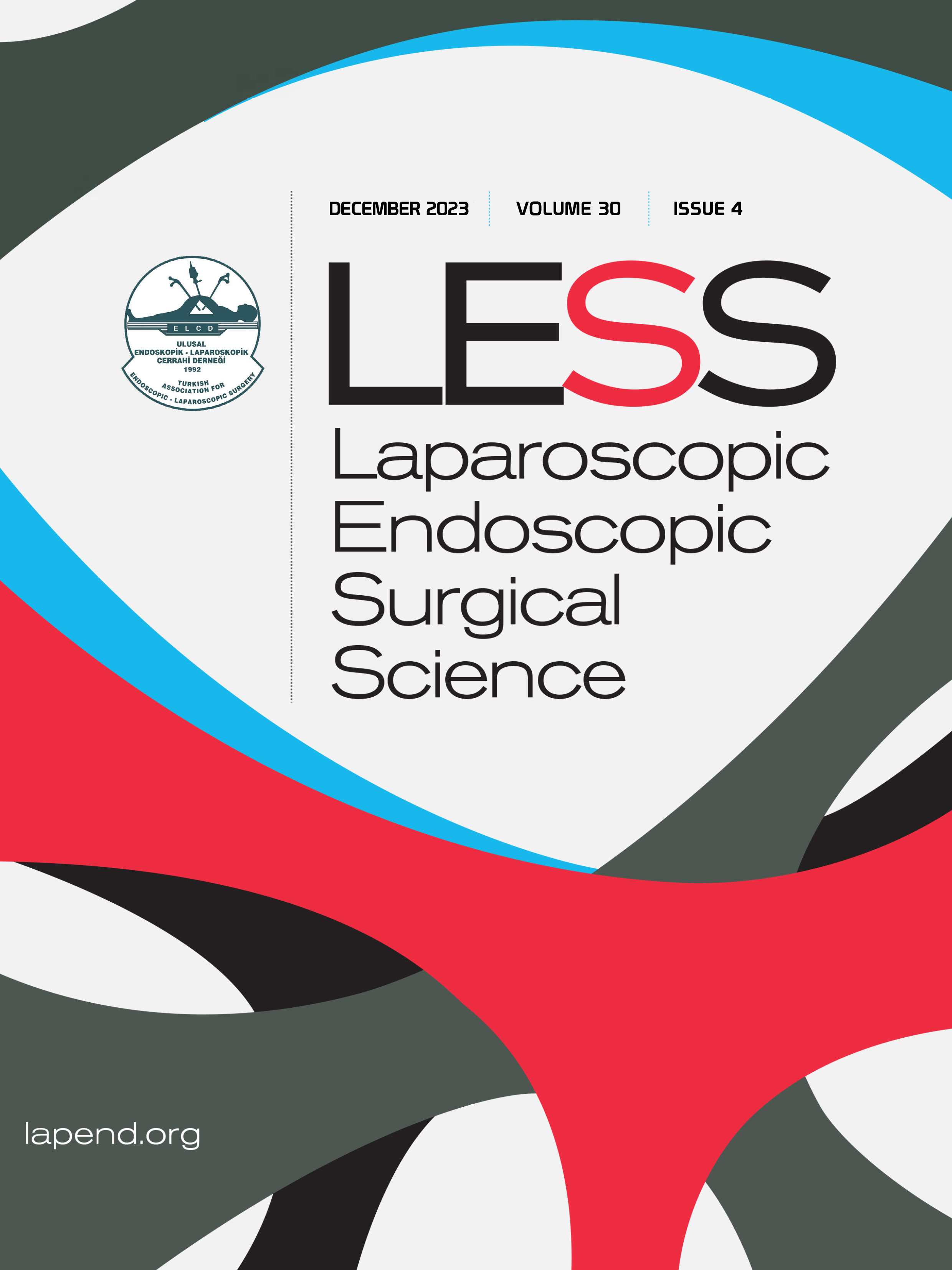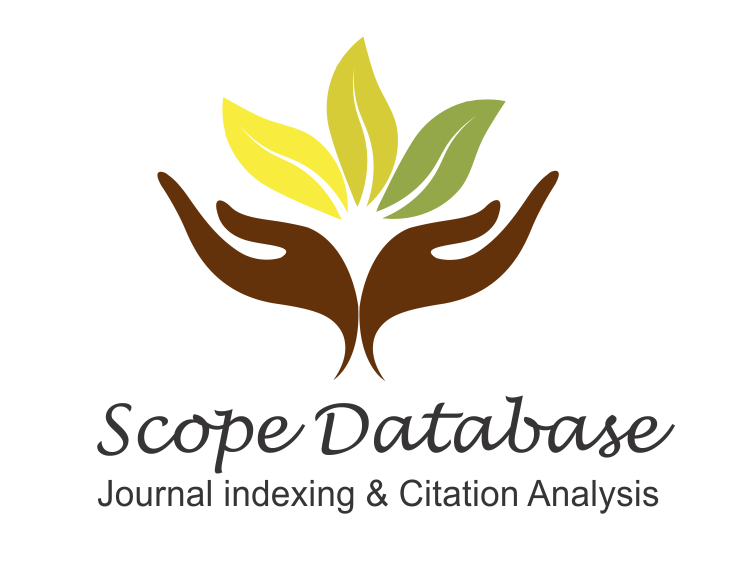Donor evaluation and the role of bronchoscopy in lung transplantation
Sevinc CitakDepartment of Thoracic Surgery, Kartal Kosuyolu High Specialization Training and Research Hospital, Istanbul, TürkiyeINTRODUCTION: This study aims to evaluate the role of bronchoscopy in the donor lung assessment process and its impact on the availability of transplantable lungs.
METHODS: This single-center retrospective study includes potential lung donors presented to our clinic between January 2021 and December 2023. All donors underwent a comprehensive evaluation, including demographic data, thoracic measurements, chest imaging, and the PaO2/FiO2 ratio. Bronchoscopy was performed for donors deemed suitable for on-site evaluation, focusing on identifying airway secretions, foreign bodies, and signs of infection. Clinical and demographic data were analyzed, and reasons for rejection were documented.
RESULTS: A total of 109 donors were presented to our clinic, with 24 undergoing on-site evaluation. Among these, 19 were accepted for transplantation, while 5 were rejected. Common reasons for rejection included compromised lung function, such as insufficient oxygenation, infection, and radiological abnormalities such as pulmonary artery thrombosis and interstitial lung changes. Bronchoscopy identified crucial factors like purulent secretions and poor lung collapse, contributing significantly to the decision to reject certain donor lungs.
DISCUSSION AND CONCLUSION: This study highlights the importance of a comprehensive donor evaluation process, including the critical role of bronchoscopy in assessing donor lung suitability. Identifying infections and airway abnormalities through bronchoscopy can help prevent the transplantation of unsuitable organs, thus improving post-transplant outcomes. Optimizing donor selection criteria, including advanced imaging and bronchoscopy, could increase the availability of suitable organs for lung transplantation.
Manuscript Language: English















